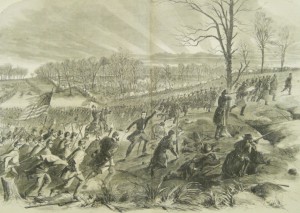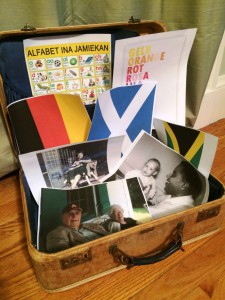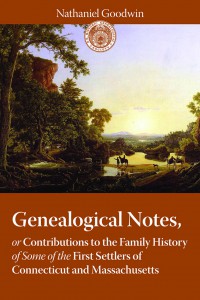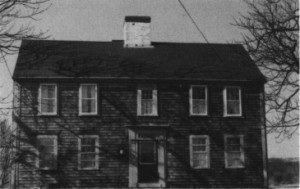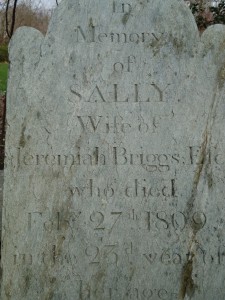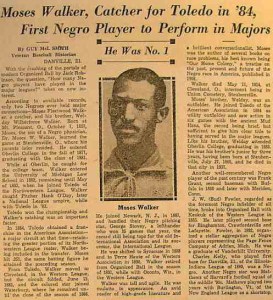
Ask any baseball fan who the first African-American major league player was, and nearly all will tell you it was Jackie Robinson. Ask anyone familiar with the game’s long and storied history before Robinson’s debut in 1947, and they’ll tell you it was Moses Fleetwood Walker and his brother Weldy, who broke into the game in 1884.[1] Very few, if any, would tell you that it was a man named William Edward White who became the first African-American to play in a major league baseball game in 1879. Had it not been for a few keen researchers, William Edward White’s name would have been lost to baseball history, perhaps forever. Continue reading Solving a “mystery of baseball”


